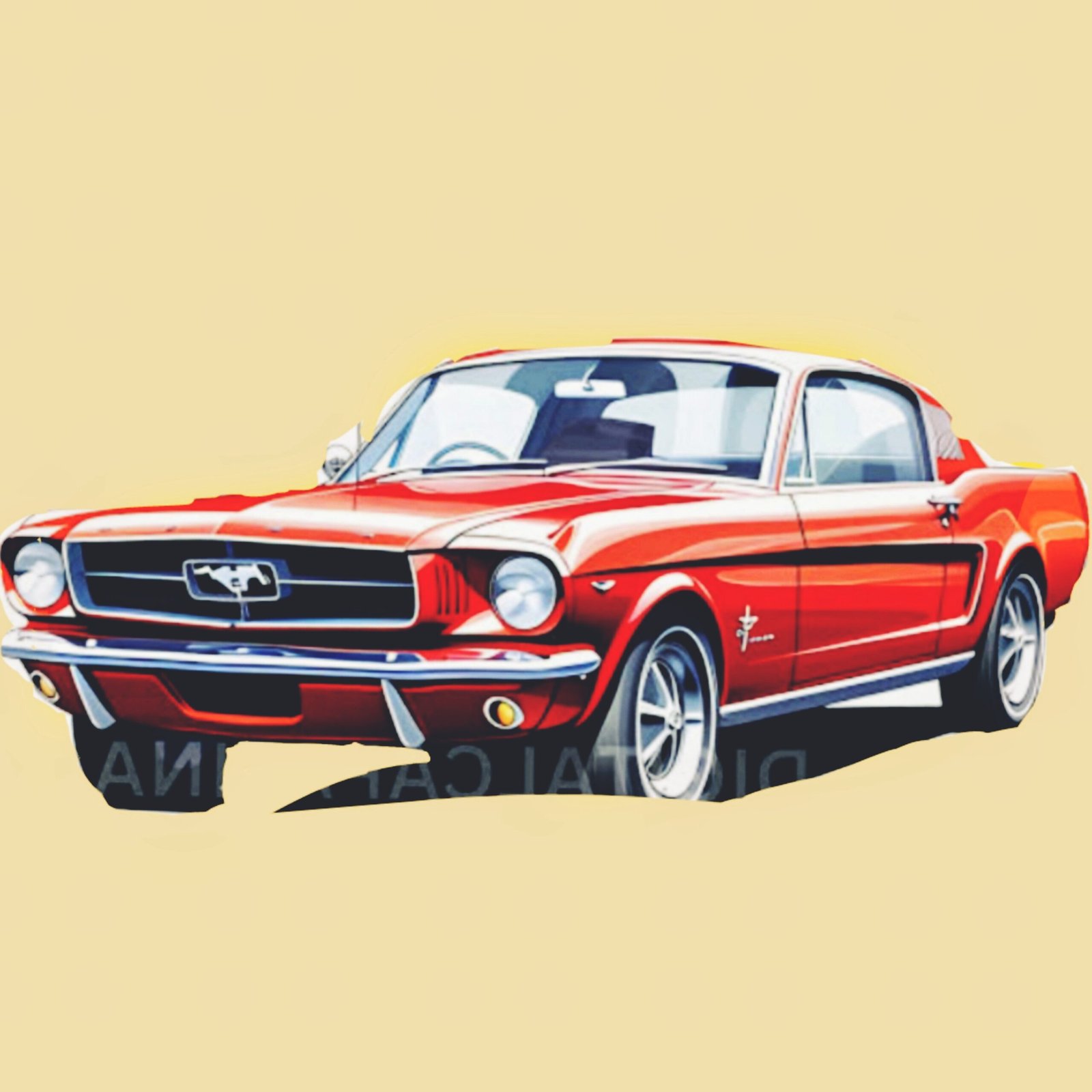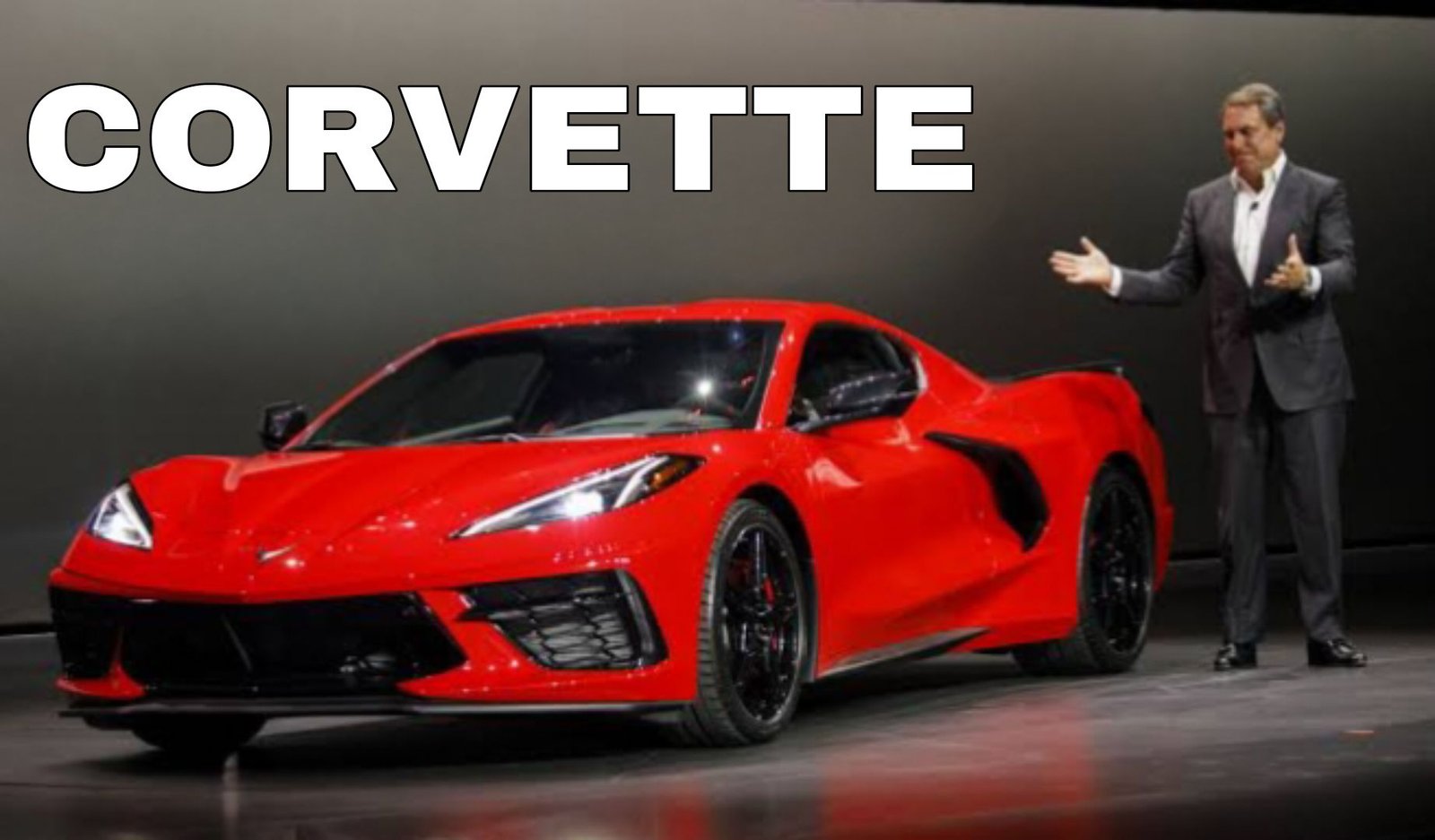The Chevrolet Corvette, an emblem of American automotive prowess, has consistently pushed the boundaries of performance, design, and technology since its inception in 1953. With its iconic status, the Corvette has evolved through eight generations, each representing significant advancements and milestones. This article explores the journey of the Corvette, highlighting its transformation and the innovations that have kept it at the forefront of the sports car world.

The Birth of an Icon: 1953-1962
The Corvette’s story began in 1953 when General Motors (GM) unveiled the first model at the New York Auto Show. The C1 Corvette, with its sleek fiberglass body and inline-six engine, was a bold move that introduced a new era of American sports cars. Initially, the Corvette struggled to find its footing, but the introduction of the V8 engine in 1955 marked a turning point, transforming the Corvette into a true performance vehicle.
One of the most significant moments for the C1 was the introduction of fuel injection in 1957, which made it one of the fastest cars of its time. The C1 set the stage for the Corvette’s reputation for innovation and performance.
The Sting Ray Revolution: 1963-1967
The second generation, known as the C2, brought the Sting Ray name to prominence. The 1963 Corvette Sting Ray featured a completely new design with a split rear window, which became an instant classic. This generation introduced independent rear suspension, greatly improving handling and driving dynamics.
The C2 Corvette also saw the birth of the legendary Z06 package in 1963, designed for racing enthusiasts. With powerful engines like the 327 cubic inch V8 and the 427 big block, the Sting Ray became synonymous with speed and agility. The C2’s blend of performance and style solidified the Corvette’s status as an American icon.
The Muscle Car Era: 1968-1982
The C3 Corvette, introduced in 1968, embodied the muscle car era with its aggressive, shark-inspired design. This generation featured the iconic T-top roof and powerful engine options, including the 427 and the new 454 cubic inch V8s. The C3 was also the longest-running generation, produced until 1982.
Despite challenges such as the 1970s fuel crisis and stringent emissions regulations, the C3 maintained its allure. The introduction of the L82 engine and the development of special editions like the 1978 Silver Anniversary model kept the Corvette relevant and desirable.
The Modern Era Begins: 1984-1996
Skipping the 1983 model year, the fourth-generation C4 Corvette arrived in 1984 with a focus on technology and aerodynamics. The C4 featured a digital dashboard, advanced suspension, and improved fuel injection systems. The introduction of the ZR-1 in 1990, with its Lotus-designed 375-horsepower LT5 engine, was a significant milestone, making it one of the fastest cars of its time.
The C4 Corvette’s emphasis on handling and technology marked the beginning of the modern era for the Corvette, setting the stage for future advancements.
The Return to Performance: 1997-2004
The C5 Corvette, launched in 1997, was a complete redesign that emphasized performance and refinement. It introduced the LS1 V8 engine, which produced 345 horsepower and later increased to 350. The C5 also featured a more rigid chassis and improved aerodynamics.
The introduction of the Z06 in 2001, with a 385-horsepower LS6 engine, later upgraded to 405 horsepower, reestablished the Corvette as a top performer on the track. The C5’s blend of performance, comfort, and technology made it a favorite among enthusiasts.
The Supercar Territory: 2005-2013
The C6 Corvette continued the performance legacy with its LS2 and later LS3 engines. The Z06 returned with a 7.0-liter LS7 V8 producing 505 horsepower, and the introduction of the ZR1 in 2009, with its supercharged 6.2-liter LS9 engine delivering 638 horsepower, pushed the Corvette into supercar territory.
The C6 also introduced advanced features like magnetic ride control and a lightweight aluminum frame, enhancing both performance and ride quality.
The Mid-Engine Revolution: 2020-Present
The eighth-generation C8 Corvette, launched in 2020, marked a revolutionary shift with its mid-engine layout. This design change significantly improved weight distribution and handling, bringing the Corvette closer to European exotics in terms of performance.
The C8’s LT2 V8 engine produces 495 horsepower, and the car features advanced technology like a customizable digital cockpit and a dual-clutch transmission. The C8 has been lauded for its blend of performance, technology, and affordability, making it a game-changer in the sports car market.
Conclusion
The Chevrolet Corvette’s evolution from a modest roadster to a world-class performance car is a testament to American innovation and engineering excellence. Each generation of the Corvette has brought new advancements, setting benchmarks in performance, design, and technology. As the Corvette continues to evolve, it remains an enduring symbol of American automotive prowess and a beloved icon for car enthusiasts worldwide.

